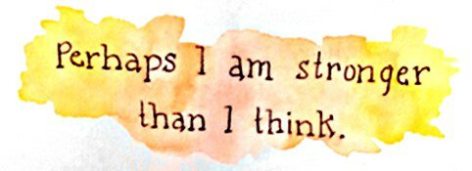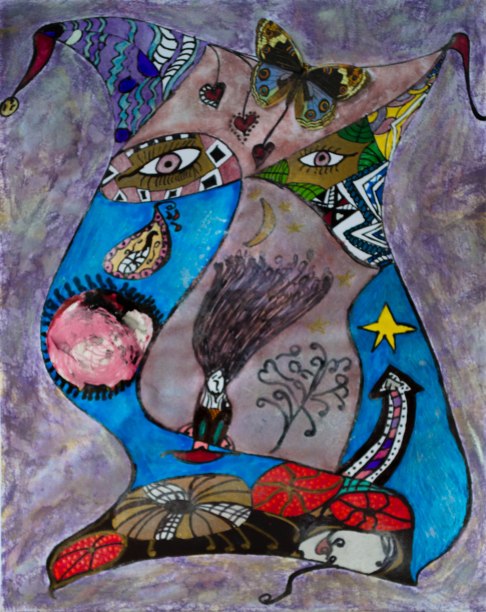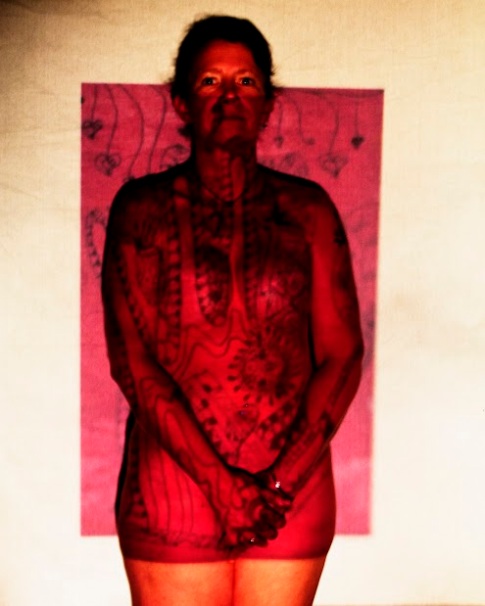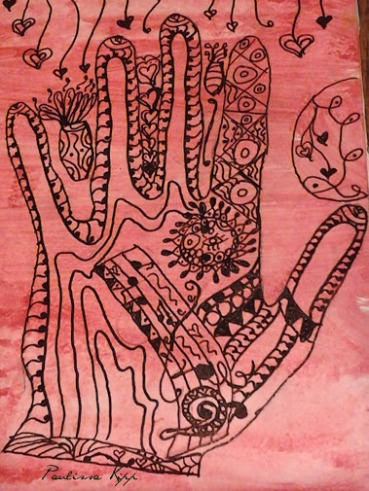Today I am blessed and honored to share Jenny Griffin with each of you. Jenny is a friend, the Catharsis Coach and the intuitive behind http://tinyurl.com/lz9m4hd
Jenny took time to sit down with The Brain Creative to discuss “normal” in terms of abuse. She has important truth to share. Without any further ado, here’s Jenny:
When Abuse is Normal, Normal is Abuse
How is it that healing from abuse and other forms of indoctrination can seem never-ending? That triggers can haunt us for the rest of our lives, and leave us feeling like the confused and frightened children we once were? It’s all about normal; your normal, my normal, and the normals we build based on others’ perceptions.
Abuse is akin to a cult mentality – it kidnaps your sense of Self and replaces it with a distortion of what is. The abuser’s own tainted experience of reality becomes the normal on which you build your life. For instance, if someone tells you often enough that you are useless, or a waste of space, it takes over your innate sense of belonging and worth in the world and you begin to see out through your eyes as a waste of space. You might make yourself small and quiet, taking only the dregs of what remains to sustain yourself, not wanting intrude on the space of those whose worth outweighs your own. The normal you build for yourself is based not only on someone else’s perception, but an incorrect perception at that.
The problem with distorted normals like this is that because we have the amazing capacity for such change, we easily morph our whole perspective to fit the new version, without even realising we’re doing it. I’ll use an example to demonstrate. Have you ever changed the furniture in a room, only to forget three days later how it looked before, or that it was even different? Or when you drive by a place you’ve seen every day for years that has been knocked down and rebuilt, do you easily recall what stood there before? It’s so simple to accept these changes that we do it constantly, with only some awareness that something has shifted, but whatever has replaced it is so permanent, so real, that whatever was there before seems a distant dream.
This is the difficulty with healing from abuse. Sometimes the things you believe are so real, and so undeniably your truth, that you might not even know where the discordance in beliefs begins and ends. Others may perceive you in a (positive) way that doesn’t reflect your own inner beliefs, and until you find a way to make those two versions gel, you will find theirs difficult to accept or understand.
Healing is a long, slow untangling of normals, to find the truth behind the fear that the distortion is true instead. It means re-aligning after each belief is let go, to find a new and more resonant normal, which may or may not last. It’s a matter of being prepared to shift, and shift again, as you discover which normals are yours, and which belong to someone else. And it’s about meeting others with the knowledge that they, too, have a very unique and personal set of normals that may be entirely different from your own. It’s as good a place as any to start.
~ Jenny Griffin
Also known as ‘The Catharsis Coach,’ Jenny loves exploring life’s twists and turns through the lens of transformation. Her own journey through catharsis, a deep, deep letting go of ingrained patterns and beliefs, resulted in a feeling of connectedness, with the world around her and with that wise and wonderful voice within. Jenny has learned to engage with her life and experiences in a way that allows her to use the knowledge gained through them to serve others. When she’s not writing, she’s coming up with new ways to help people move through change with grace and ease.
You can find her at: The Power of Change
on Facebook, Google+, LinkedIn and
on Twitter














